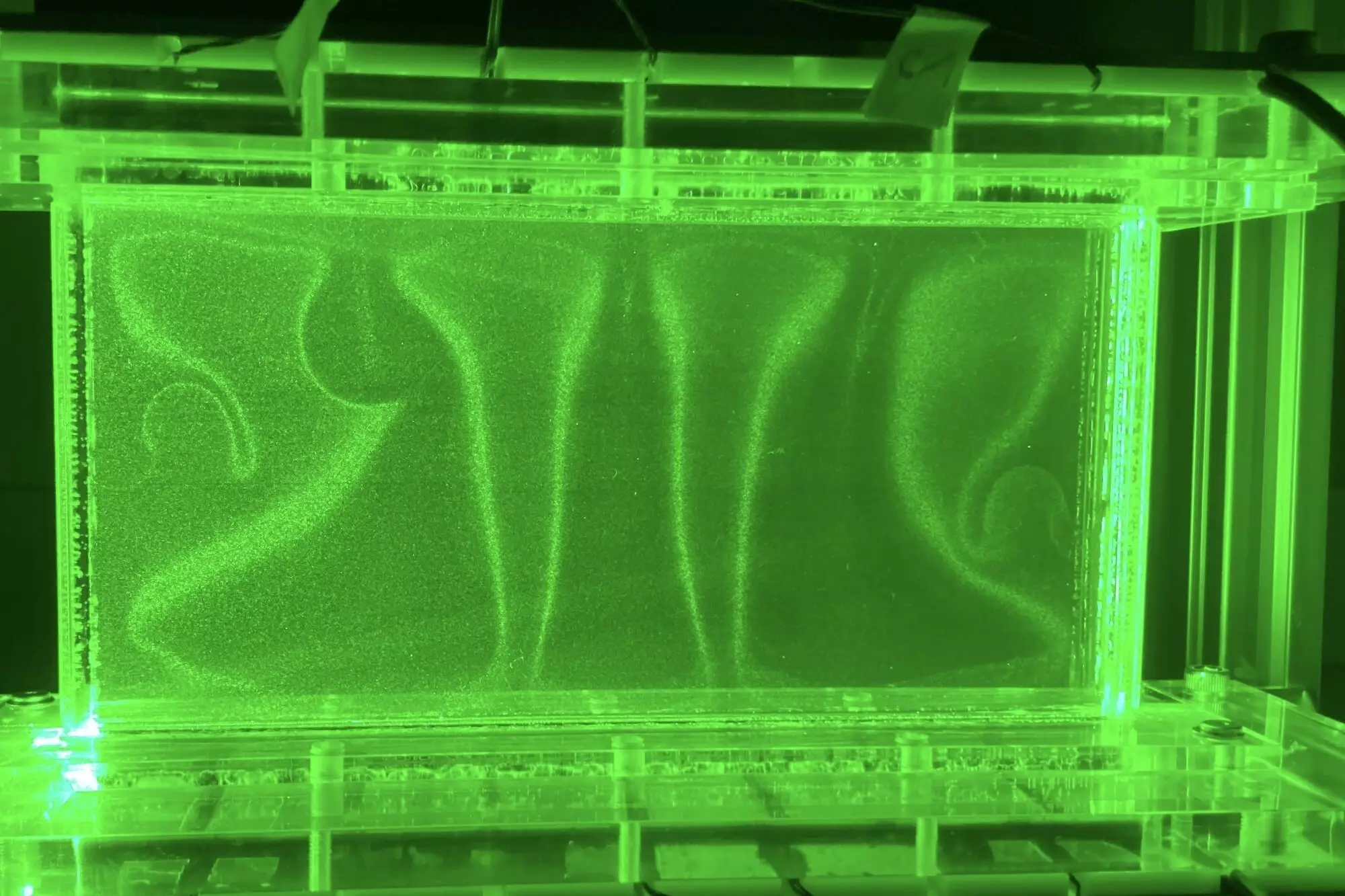In today’s fast-paced world, air fryers have emerged as culinary wizards, touting the promise of quick, tasty meals that often seem too good to be true. With social media flooded with delectable food videos showcasing these modern kitchen gadgets, it’s easy to overlook the fact that the technology behind air fryers is rooted in longstanding scientific principles. They represent a significant departure from traditional frying methods by relying primarily on convection heat to achieve that coveted crispy texture, while purportedly offering a healthier alternative to deep frying.
The fascination with air fryers is not just about their sleek designs and user-friendly nature; it lies in their inherent ability to cook food quickly and uniformly by circulating hot air around it. This efficient heating method ensures that less oil is needed, allowing for a cooking experience that resonates with health-conscious individuals striving to maintain balanced diets.
Convection: The Heart of Culinary Innovation
To appreciate the true complexity behind air fryers and their operation, we must delve into the physics of convection. At its core, convection refers to the mechanism by which heat energy is transferred by the movement of fluids. This princely concept, while straightforward on the surface, reveals layers of intricacy that go far beyond our kitchen experiences.
Fluid dynamics scientist Hugo Ulloa, alongside a team of researchers, has explored this phenomenon at a microscopic level. They have concentrated on how heat behaves in confined spaces, a realm that has typically baffled scientists due to its unique flow dynamics. Ulloa’s research brings to light how temperature gradients can manipulate fluid motion in surprising ways, posing profound implications not just for culinary applications, but also for various technological advancements that depend on heat transfer efficiencies.
Understanding Confinement with Groundbreaking Research
A key component of Ulloa’s recent work involves the use of a device known as a Hele-Shaw cell—two parallel plates with a narrow gap that allows researchers to experiment with fluid behavior under controlled conditions. By adjusting the gap size and temperature gradient, Ulloa’s team was able to observe how convection phenomena evolve in increasingly confined environments.
The data resulting from their trials is nothing short of captivating; researchers discovered that thermal plumes—small, mushroom-like structures fundamental to convection—exhibited distinct behaviors depending on their environment. In a constrained space, these plumes undergo a metamorphosis that affects heat transfer efficiency dramatically. As the gap narrows, the plumes are squished into two-dimensional flows, optimizing the use of energy to transfer heat effectively.
In stark contrast, with larger gaps, the plumes flourish freely, leading to inefficient heat transfer. This study distinguishes itself by uncovering the transformative role of confinement, illustrating that heat transfer efficiency is not merely a matter of scale but hinges on the specific environmental context of the fluid dynamics.
Bridging Knowledge Gaps for Future Innovations
Ulloa and his team’s contributions extend beyond merely shedding light on convection theories. They have set the stage for broader explorations into how this newfound understanding can elevate various fields including renewable energy, biomedical engineering, and materials science. Enhanced heat transfer mechanisms could revolutionize geothermal energy extraction methods, refine devices that require precision heat controls, and even improve cooling systems in electronics—a growing concern as devices become increasingly powerful and heat-intensive.
By introducing a new metric called the degree of confinement (denoted as λ), the team offers a valuable tool for quantifying the impacts of confinement on heat transfer—what this means is we now possess an analytical framework to explore heat transfer in less conventional yet highly relevant environments.
A Future Steeped in Possibilities
Looking forward, Ulloa’s team is gearing up for the next phase of their research, aiming to investigate how confined convection affects the mixing of various physical particles—such as nutrients in natural environments or additives in industrial processes. This focus on the interplay of heat and particles represents an exciting frontier, one that holds a wealth of potential for environmental science and engineering applications.
As we stand on the brink of these discoveries, it is apparent that exploring convection at new scales could reshape our understanding of both natural systems and engineered environments. The implications of their findings reach far beyond the kitchen, hinting at a future where enhanced heat transfer efficiencies pave the way for sustainable technology, ultimately re-aligning our relationship with energy consumption and resource distribution. Through this lens, what began as a journey into the world of air fryers has blossomed into a groundbreaking exploration of thermal dynamics that may redefine numerous sectors in the years to come.


Leave a Reply